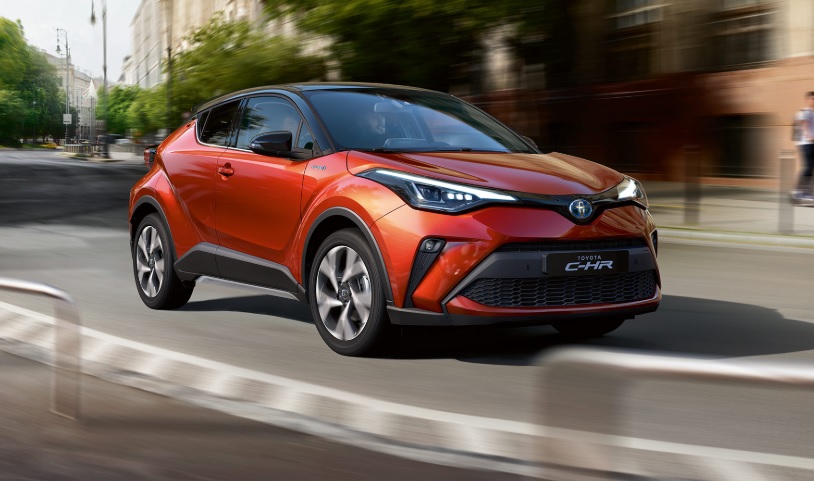| Toyota C-HR 1.2 Turbo 4x2 Passion | Ford Puma 1.0 EcoBoost ST-Line | |
|---|---|---|
 |
 |
|
General Information |
||
| Year | 2020 | 2020 |
| Equipment | Passion | ST-Line |
| Body Type | Crossover | SUV |
Engine Specs |
||
| Engine | 1.2 Turbo 4x2 | 1.0 EcoBoost |
| Fuel Type | Petrol | Petrol |
| Engine Displacement | 1197 cc | 999 cc |
| Number of Cylinders | 4 | 3 |
Transmission |
||
| Transmission Type | Multidrive S | AT |
| Gearbox | Automatic | Automatic |
| Number of gears | ? | 7 |
| Driving System | 4x2 | 4x2 |
Performance |
||
| Engine Power | 116 HP | 125 HP |
| Torque | 185 Nm | 200 Nm |
| Acceleration 0-100 | 10.8 sn | 10.2 sn |
| Maximum Speed | 185 | 190 |
Fuel Consumption |
||
| City | 7.4 L | 5.8 L |
| Highway | 5.2 L | 4.3 L |
| Combined | 6.3 L | 5.0 L |
| Fuel Tank | 50 L | 42 L |
Dimensions |
||
| Length | 4390 mm | 4207 mm |
| Width | 1795 mm | 1805 mm |
| Height | 1565 mm | 1536 mm |
| Curb Weight | 1465 kg | 1326 kg |
| Boot Space | 297 L | 456 L |
Tire and Wheel |
||
| Tire Tread | 225 | 215 |
| Tire Sidewall | 50 | 50 |
| Wheel Rims Size | 18 | 18 |
| 2020 Toyota C-HR 1.2 Turbo 4x2 Passion | 2020 Ford Puma 1.0 EcoBoost ST-Line | |
When deciding between 2020 Toyota C-HR 1.2 Turbo 4x2 Passion and 2020 Ford Puma 1.0 EcoBoost ST-Line, buyers often look at boot capacity, performance, and fuel efficiency. Our detailed table highlights the differences side by side.
If you prioritize cargo space, the Toyota C-HR offers 297 liters, while the Ford Puma stands out with 125 horsepower performance. The right choice depends on whether you value practicality or driving dynamics.